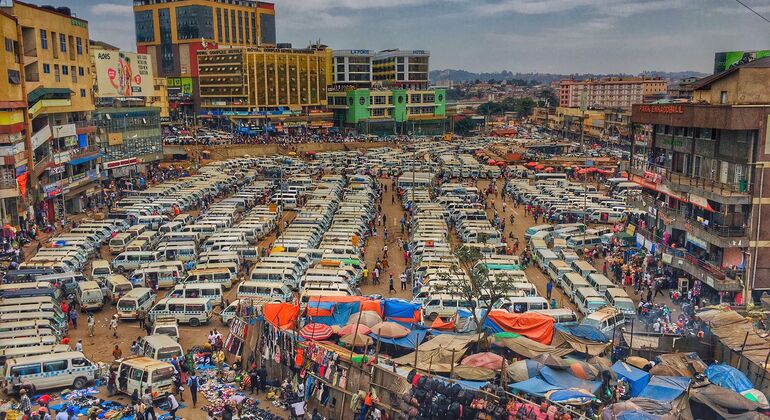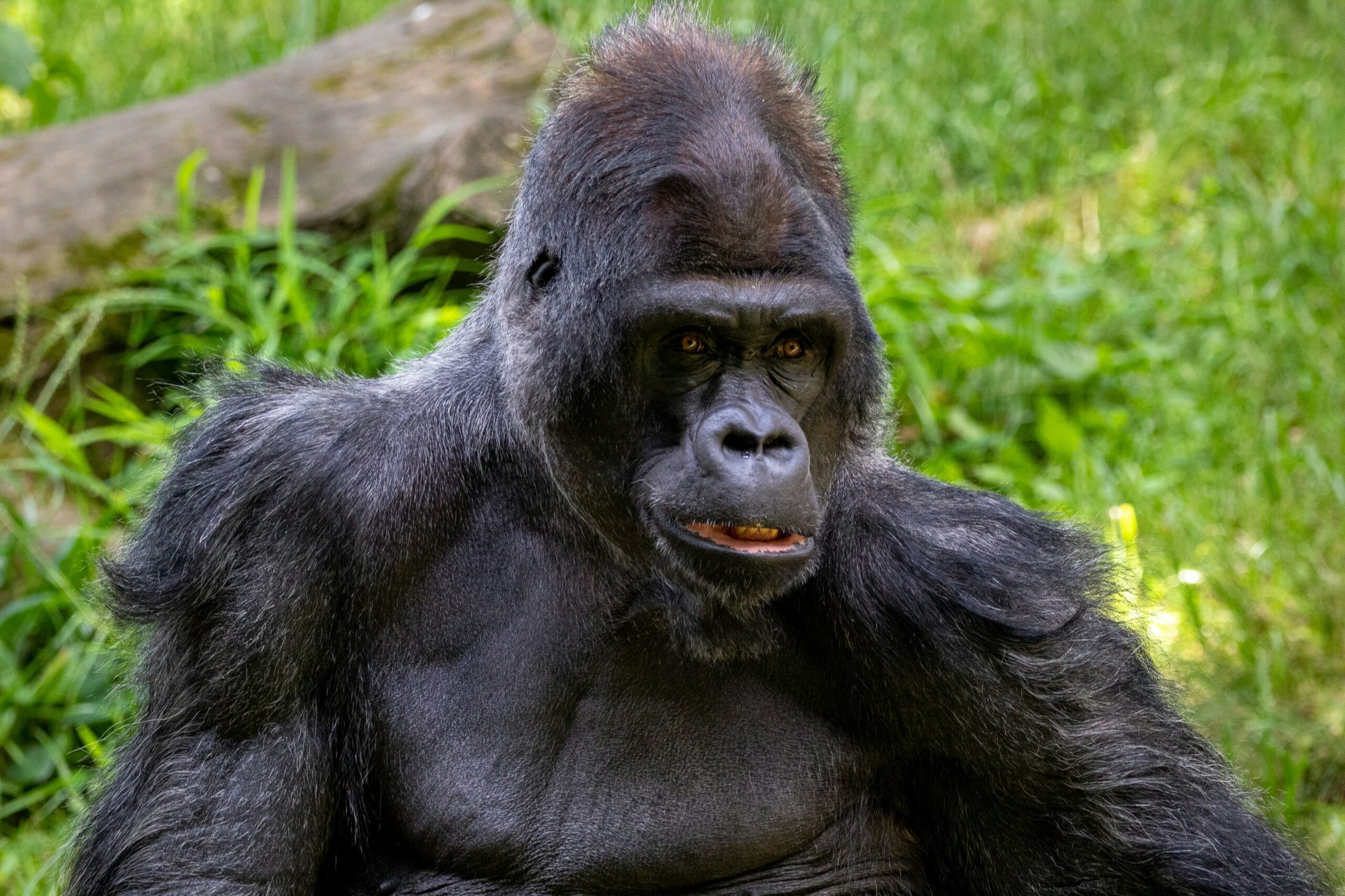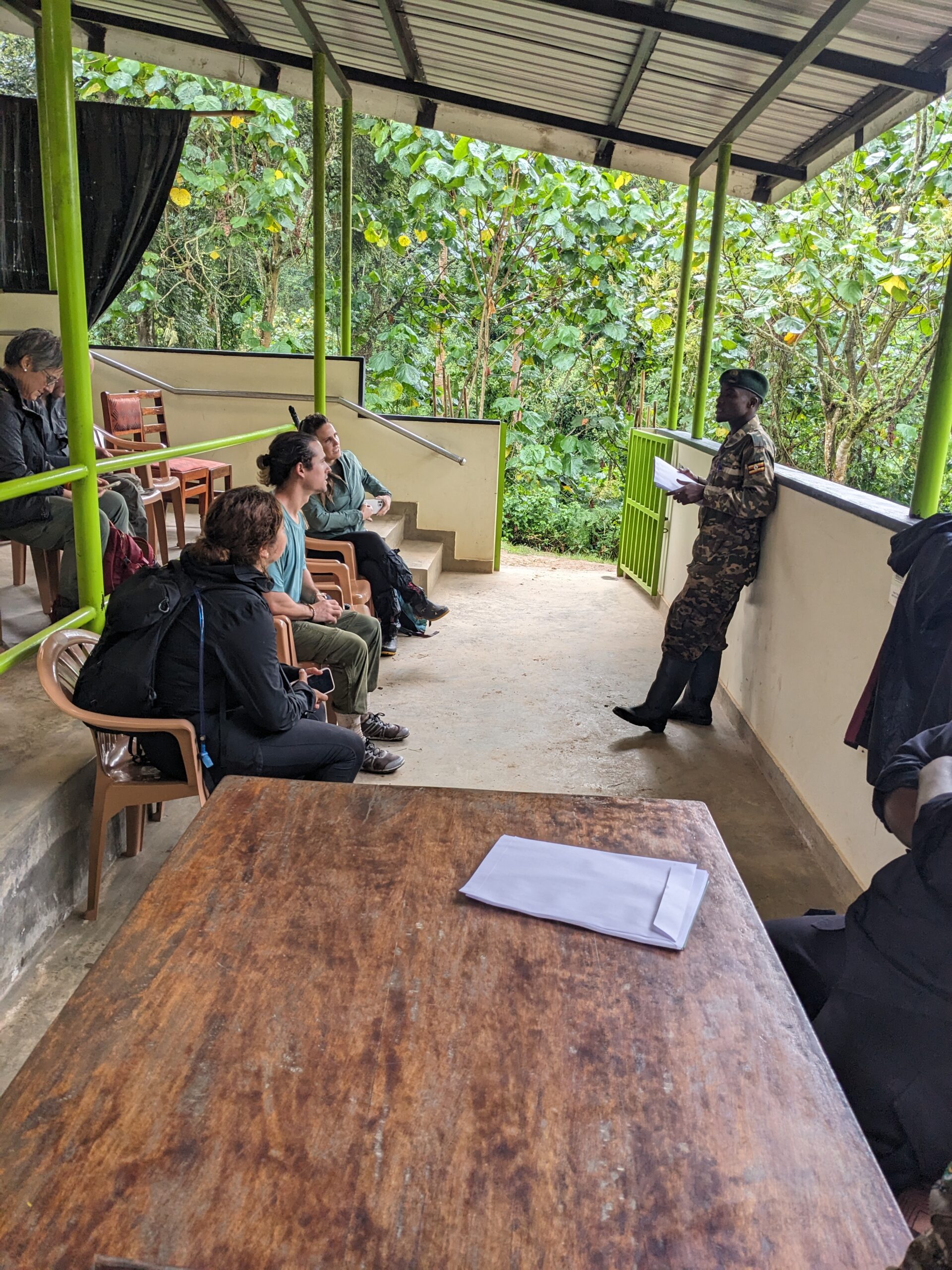Things to Do in Kampala: A Comprehensive Guide
A Brief History of Kampala
Kampala, the capital city of Uganda, has a rich and diverse history that dates back to the 19th century. Kampala is by far the largest urban center in Uganda and sits on 7 major hills (Old Kampala, Makerere, Kibuli, Rubaga, Mengo, Kololo and Mulago). The city’s name is derived from the Luganda phrase “Akasozi k’empala,” meaning “Hill of Antelopes,” referring to the impala that roamed the area. The history of Kampala is intertwined with the history of the Buganda Kingdom, one of the most influential and powerful kingdoms in East Africa.
The area that is now Kampala was eventually selected as the capital of the Buganda Kingdom in the late 19th century by Kabaka Mutesa I. The city began to grow rapidly, attracting traders, missionaries, and colonial administrators. In 1890, the British explorer Frederick Lugard established a fort on Old Kampala Hill, further cementing the city’s significance. Subsequently, Kampala officially became the capital of the British Protectorate of Uganda in 1905, and it retained this status when Uganda gained independence in 1962.
Today, Kampala is a bustling metropolis and the political, economic, and cultural heart of Uganda. The city’s vibrant markets, historic sites, and blend of traditional and modern influences make it a fascinating destination for visitors.
Attractions and Activities in Kampala
1. Old Kampala
Old Kampala is the historical core of the city and offers visitors a glimpse into the past. The area is home to several colonial-era buildings and landmarks, including the site where Frederick Lugard built his fort. A visit to Old Kampala provides an excellent opportunity to learn about the early history and development of the city.
2. The Gaddafi Mosque
The Gaddafi Mosque, also known as the Uganda National Mosque, is one of the largest mosques in Africa. The late Libyan leader Muammar Gaddafi commissioned it, and it was completed in 2006. The mosque is located on Old Kampala Hill and offers stunning views of the city from its minaret. Visitors can explore the beautiful architecture and learn about the mosque’s cultural and religious significance.
3. The Buganda Parliament (Bulange)
Bulange is the seat of the Buganda Kingdom’s parliament and is located in Mengo, Kampala. The building, with its distinctive neo-classical architecture, was completed in 1955. Visitors can take guided tours to learn about the history and governance of the Buganda Kingdom, one of the oldest and most influential kingdoms in Uganda.
4. Kabaka’s Palace
Kabaka’s Palace, also known as Lubiri, is the official residence of the King of Buganda. Located in Mengo, the palace offers a glimpse into the life of the Buganda royal family. The grounds also house the infamous Idi Amin torture chambers, which serve as a somber reminder of Uganda’s turbulent past. Guided tours provide historical insights and a deeper understanding of the Buganda Kingdom.
5. Kasubi Tombs
The Kasubi Tombs are a UNESCO World Heritage Site and the burial place of four Buganda kings. Located on Kasubi Hill, the tombs are an important cultural and spiritual site for the Baganda people. The traditional thatched building, Muzibu Azaala Mpanga, houses the royal tombs. Visitors can learn about Buganda history, traditions, and rituals through guided tours.
6. Uganda National Museum
The Uganda National Museum, established in 1908, is the oldest museum in East Africa. It showcases Uganda’s cultural heritage and natural history through various exhibits, including traditional musical instruments, ethnographic collections, and archaeological artifacts. The museum offers a comprehensive overview of Uganda’s diverse cultures and rich history.
7. The Baha’i Temple
The Baha’i Temple in Kampala is one of only seven Baha’i Houses of Worship in the world and the only one in Africa. The temple, set within beautiful gardens on Kikaya Hill, offers a peaceful retreat from the bustling city. Visitors can learn about the Baha’i faith and enjoy the serene surroundings.
8. Uganda Martyrs Shrines in Namugongo
The Uganda Martyrs Shrines in Namugongo commemorate the 22 Catholic and Anglican martyrs who were executed on the orders of Kabaka Mwanga II in the late 19th century. The site is a major pilgrimage destination and includes a basilica, a museum, and the martyrdom site. Visitors can learn about the history of the martyrs and their significance to Uganda’s religious heritage.
9. Namirembe Cathedral
Namirembe Cathedral, also known as St. Paul’s Cathedral, is the oldest cathedral in Uganda. Situated on Namirembe Hill, it serves as the seat of the Anglican Diocese of Namirembe. The cathedral’s impressive architecture and beautiful stained-glass windows make it a must-visit. Visitors can attend services or simply explore the grounds and enjoy panoramic views of the city.
10. Rubaga Cathedral
Rubaga Cathedral, also known as St. Mary’s Cathedral, is the primary cathedral of the Roman Catholic Archdiocese of Kampala. Located on Rubaga Hill, the cathedral is known for its striking red-brick architecture and serene interior. It is an important religious site and offers visitors a chance to experience Uganda’s Catholic heritage.
11. Owino Market
Owino Market, officially known as St. Balikuddembe Market, is one of the largest and busiest markets in Kampala. It is a bustling hub of activity where visitors can find everything from clothing and electronics to fresh produce and local crafts. Exploring the market offers a vibrant and authentic experience of everyday life in Kampala.
12. Nakasero Market
Nakasero Market is another popular market in Kampala, located in the city center. The market offers a wide variety of fresh fruits, vegetables, and spices. It is a great place to experience the local flavors and buy fresh produce. The market also has sections for electronics, clothing, and household goods.
13. Lake Victoria
Lake Victoria, the largest lake in Africa, is easily accessible from Kampala. Visitors can enjoy various water activities such as boat cruises, fishing, and birdwatching. Resorts, restaurants, and beaches dot the lake’s shores, making it a perfect spot for relaxation and leisure. A visit to Lake Victoria provides a refreshing escape from the city’s hustle and bustle.
Conclusion
Kampala, with its rich history and diverse attractions, offers a myriad of activities and sights for visitors to explore. From historical landmarks and cultural sites to bustling markets and serene natural spots, the city provides a unique and enriching experience. Kampala offers something for every traveler, whether you are interested in history, culture, or adventure. To fully immerse yourself in the vibrant culture and history of Kampala, consider booking a guided city tour with Ubuntu Voyages for an unforgettable experience.





